Circé’s Elusive Bodies
In ‘Dissolvenze’, the artist moves away from classic representations of the female body, seeing it as no more than a corporeal envelope.
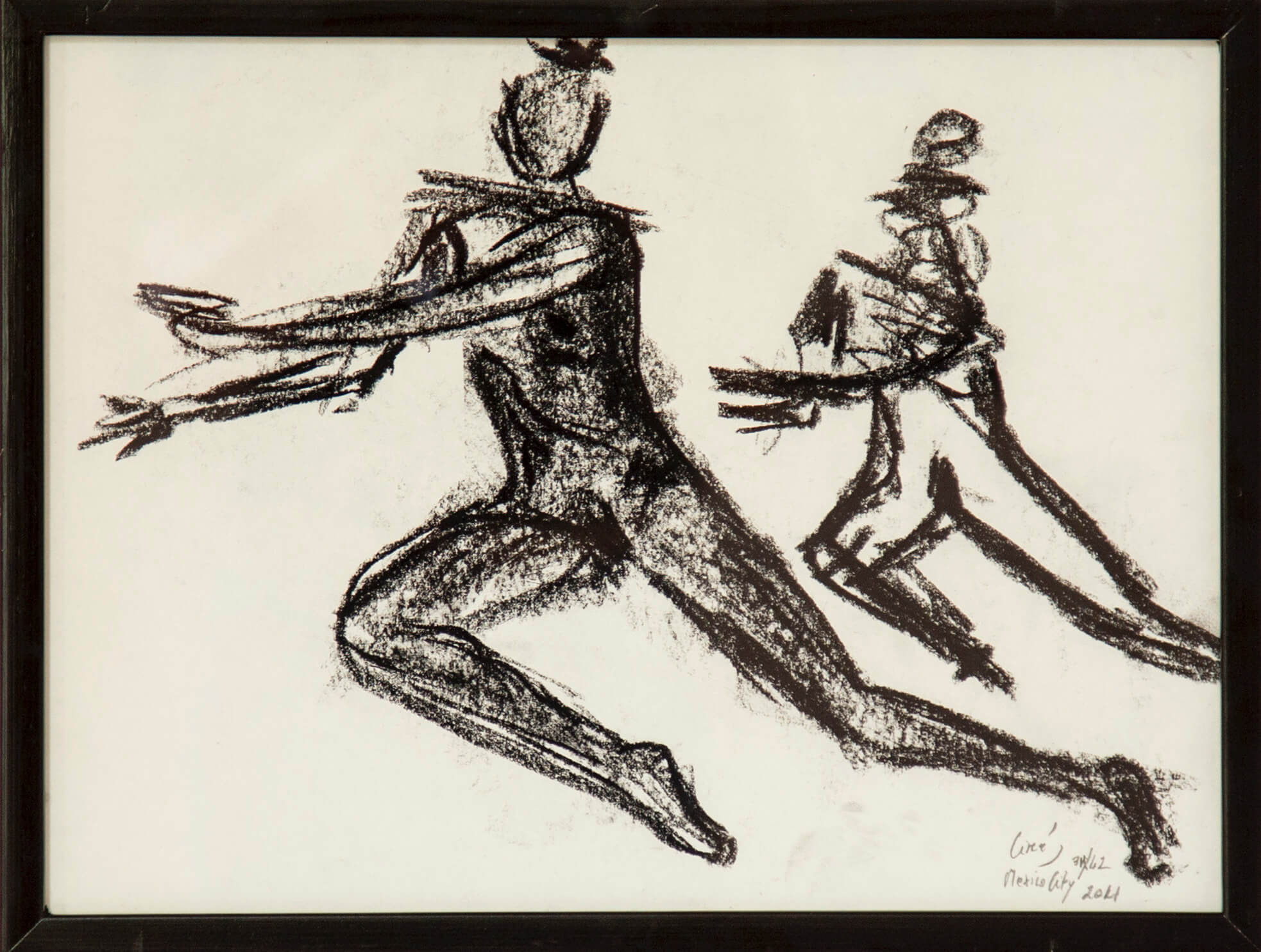
© Circé
Circé’s work places the female body in the forefront. The bodies are stiff, tense, languid, dancing, incandescent, sometimes spectral; alone or in a multitude; isolated or facing their environment. What they all have in common, however, is a great fluidity of form that evolves from the figurative to the symbolic, sometimes having a markedly female physique but other times appearing more ambiguous.
‘I see the body as being a little like an envelope, it’s what can be seen, what I can represent’, Circé explains. ‘Often in my work, the body disappears and you end up understanding that it isn’t necessarily that of a woman, it could be that of a man.’
Circé has been drawing since she was a young child and has taken a particular interest in women’s bodies since her teenage years. After studying economics and beginning a career in finance, she embraced her passion for art and exhibited her work for the first time in 2021, in Mexico.
Breaking free from an imposed form
Circé works with anything she has to hand. Her art is made up of a combination of acrylic paint, charcoal, crayon, and pastels, which she applies to just as broad a range of mediums, particularly tracing paper for the series Dissolvenze.
The artist focuses on representing the female body because it is her own, the body with which she has been intimately familiar since she was born but one that she has felt is somewhat imposed upon her in terms of social representation. ‘I was born a woman but society makes us more like women than we are’, she continues. To the artist, the definition of what represents a female body is not so clear, and this explains the ambiguity that emanates from her lines, which are sometimes reduced to splashes on the canvas.
In her art, Circé seeks to transcend the classic representations of the female body and shake up established ideas. She also injects hints of bright blue into her monochrome pieces; she makes the pigment herself and uses it raw. It’s a means of shattering the viewer’s, and indeed society’s, expectations.
More information about Circé’s work can be found on her Instagram account. Dissolvenze was exhibited in May 2021 at Madre Café in Mexico and part of it is now exhibited at Colectivo Anónimo as part of a permanent collaboration.
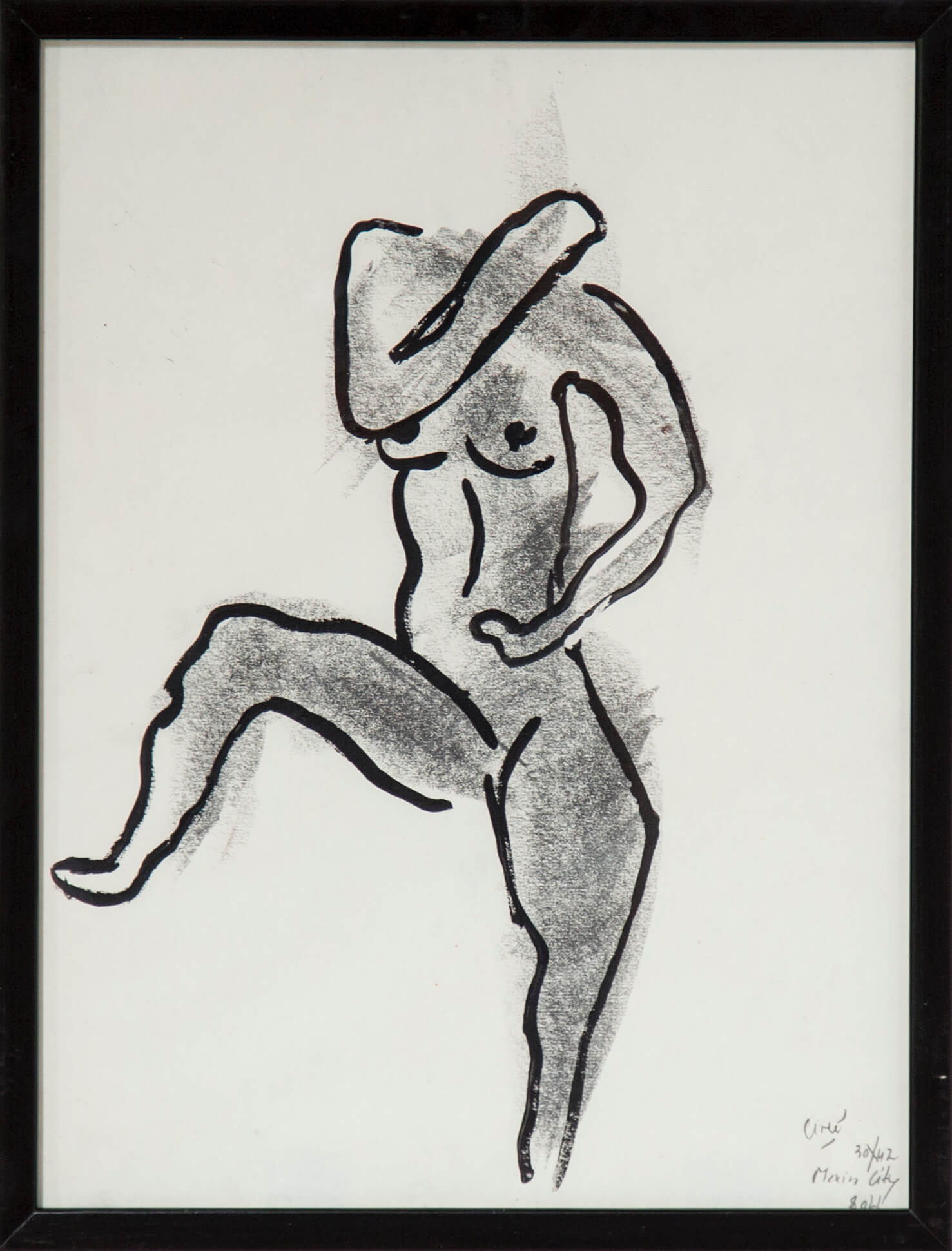
© Circé
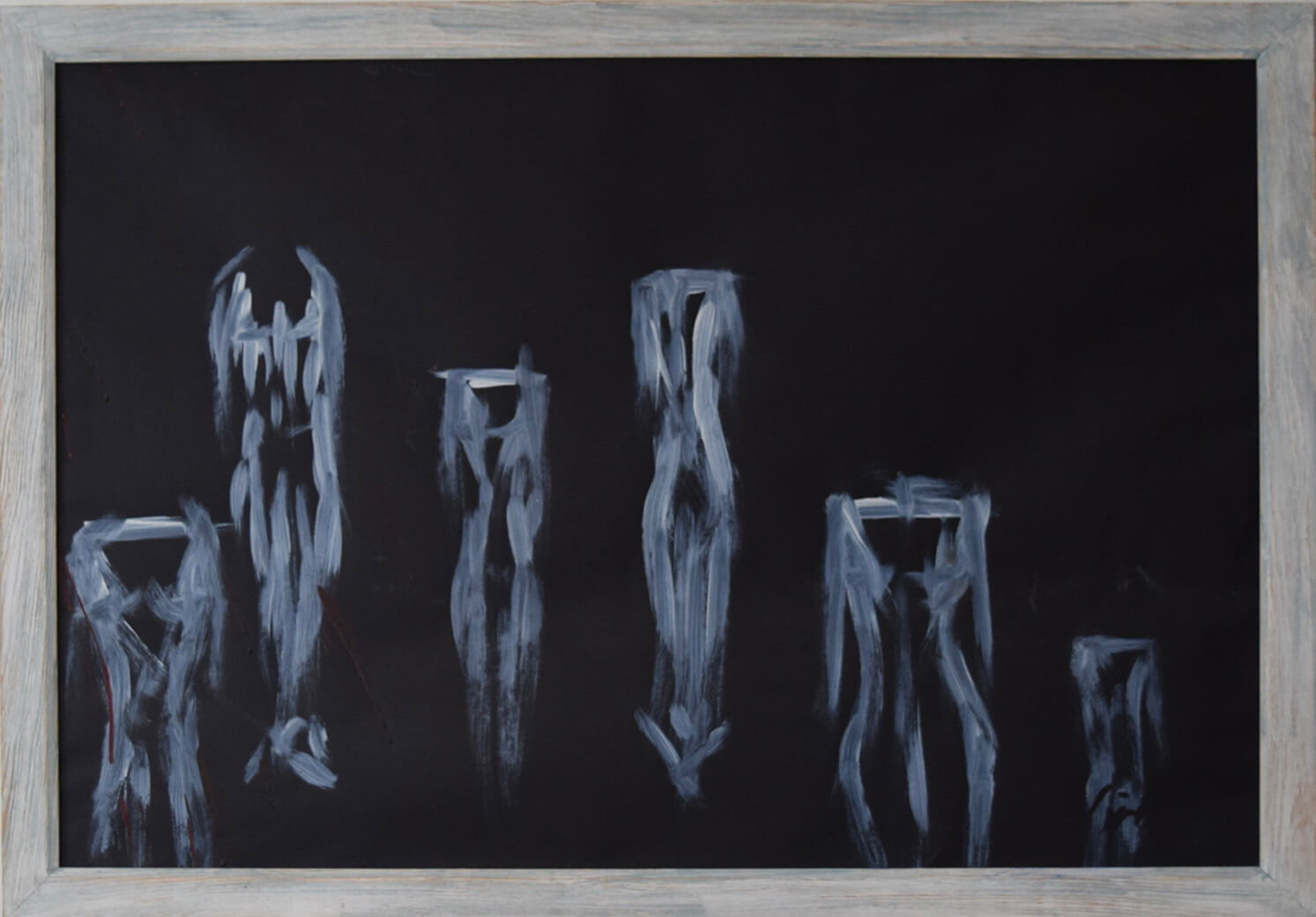
© Circé
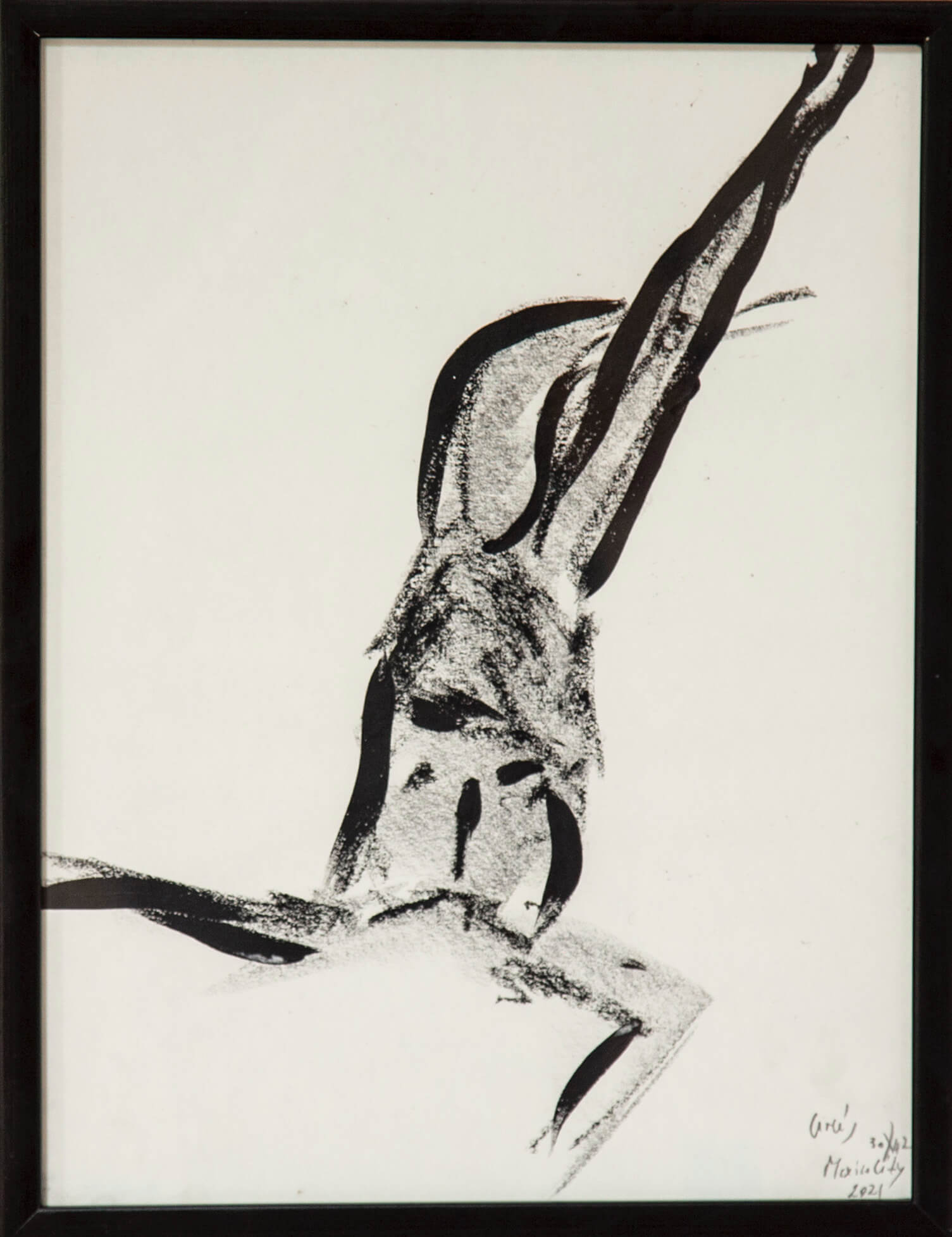
© Circé
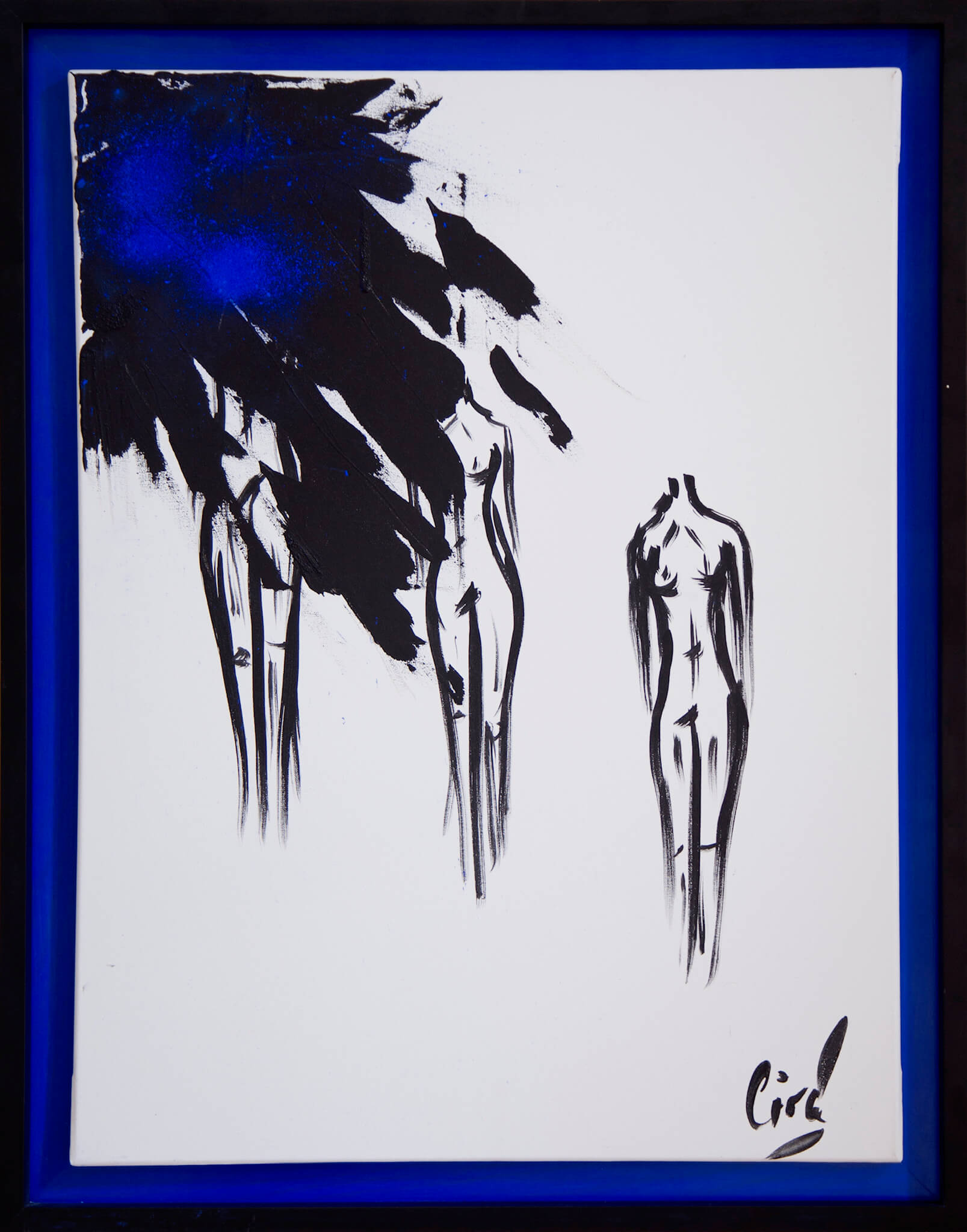
© Circé
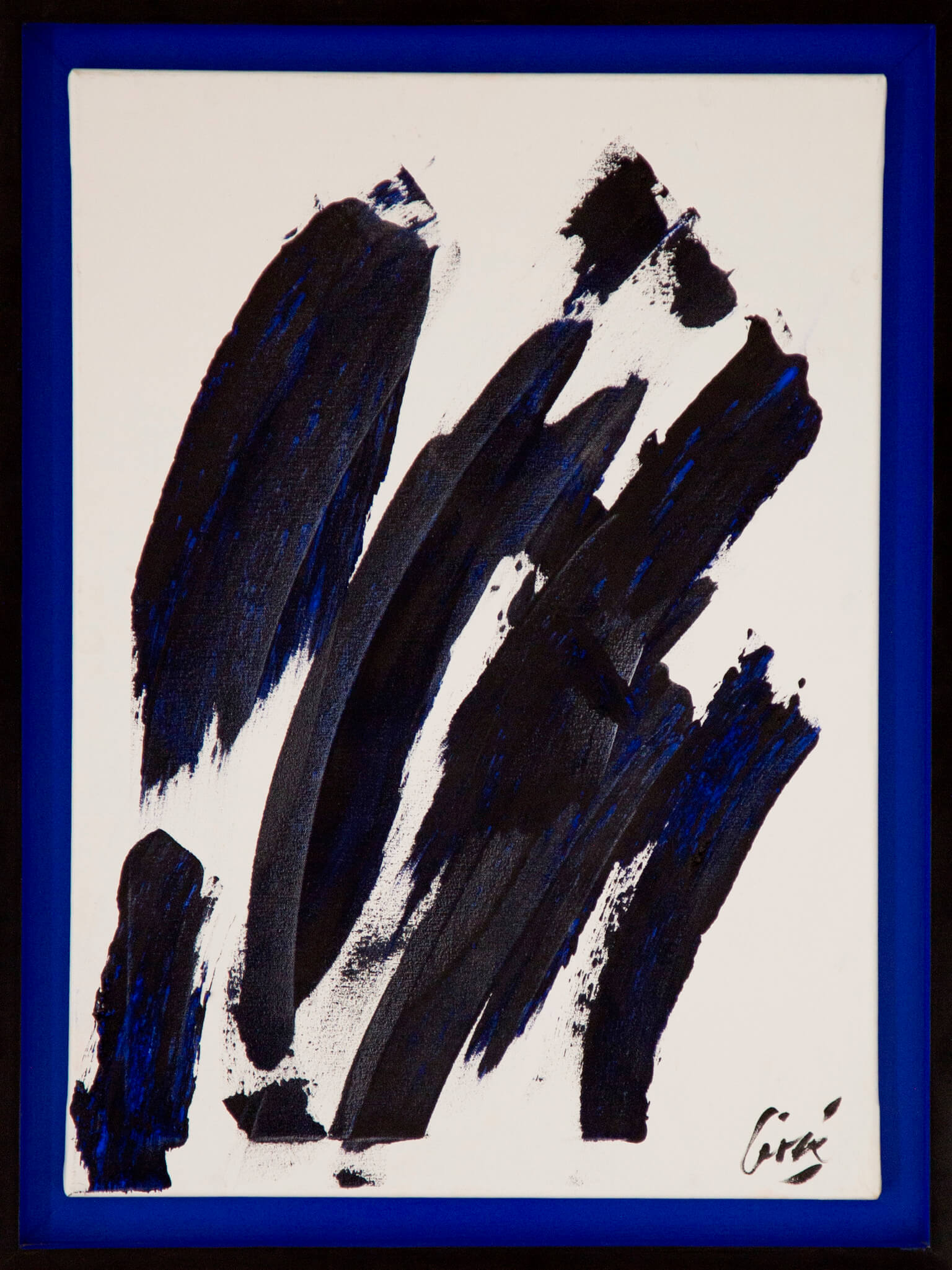
© Circé

© Circé
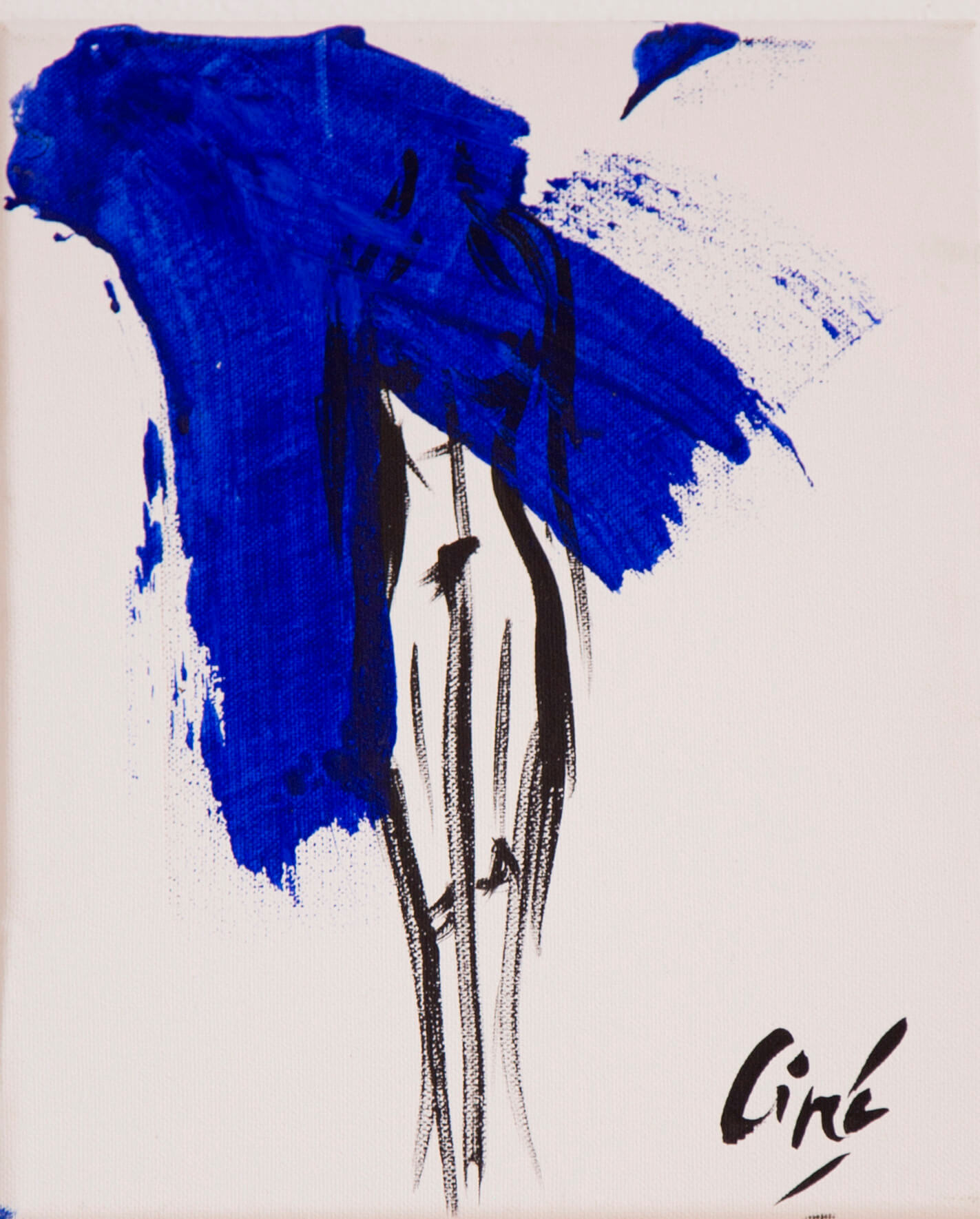
© Circé
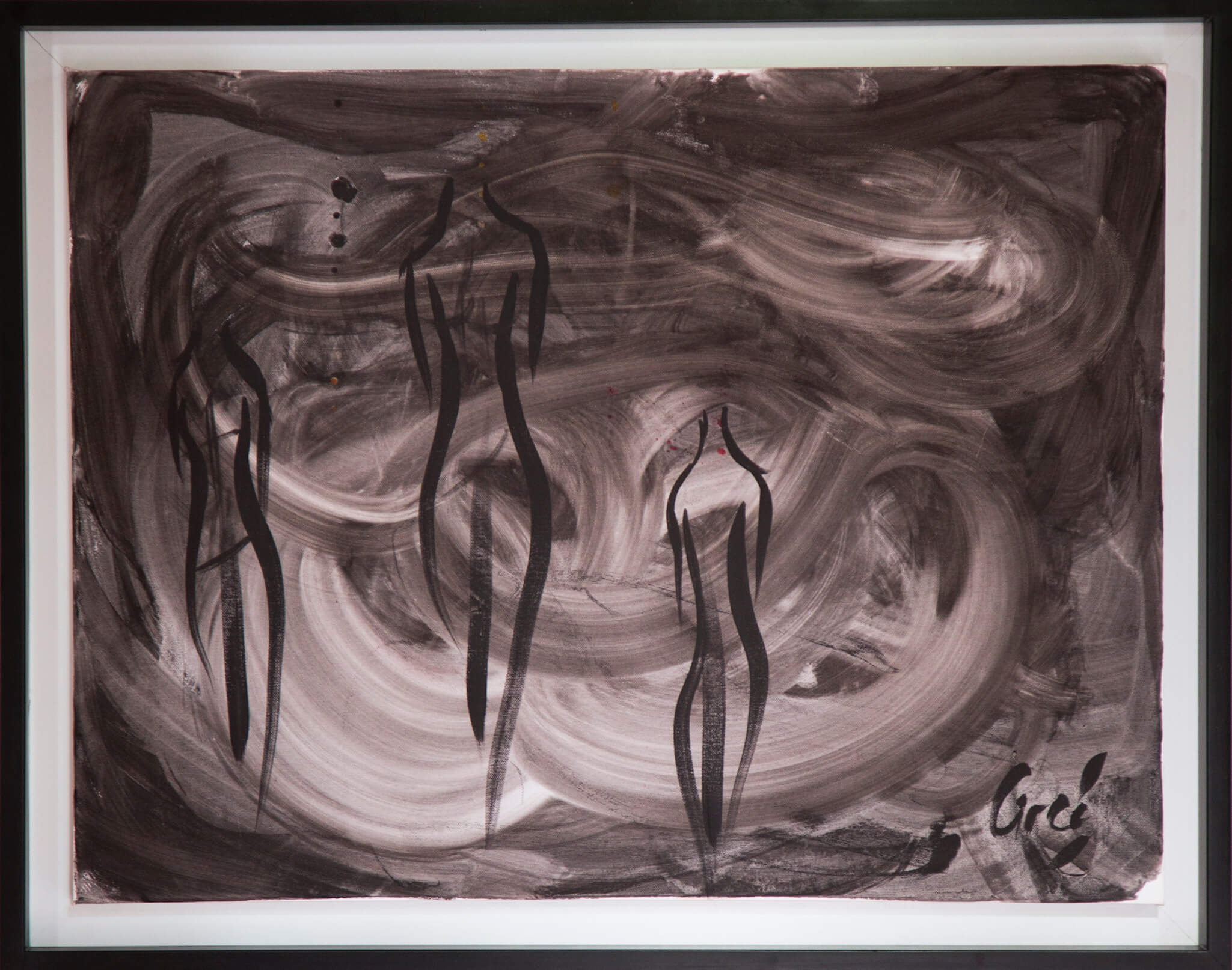
© Circé
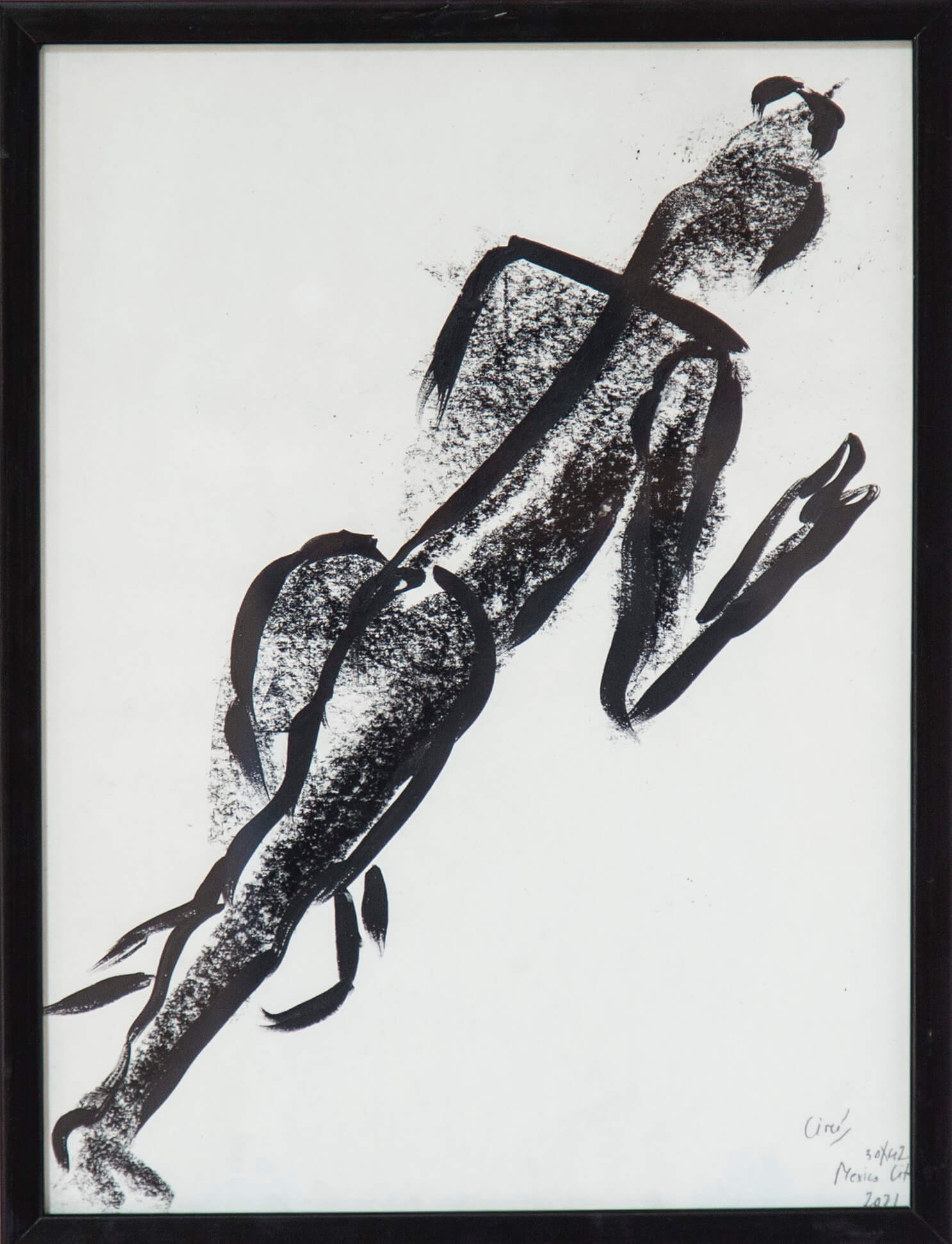
© Circé
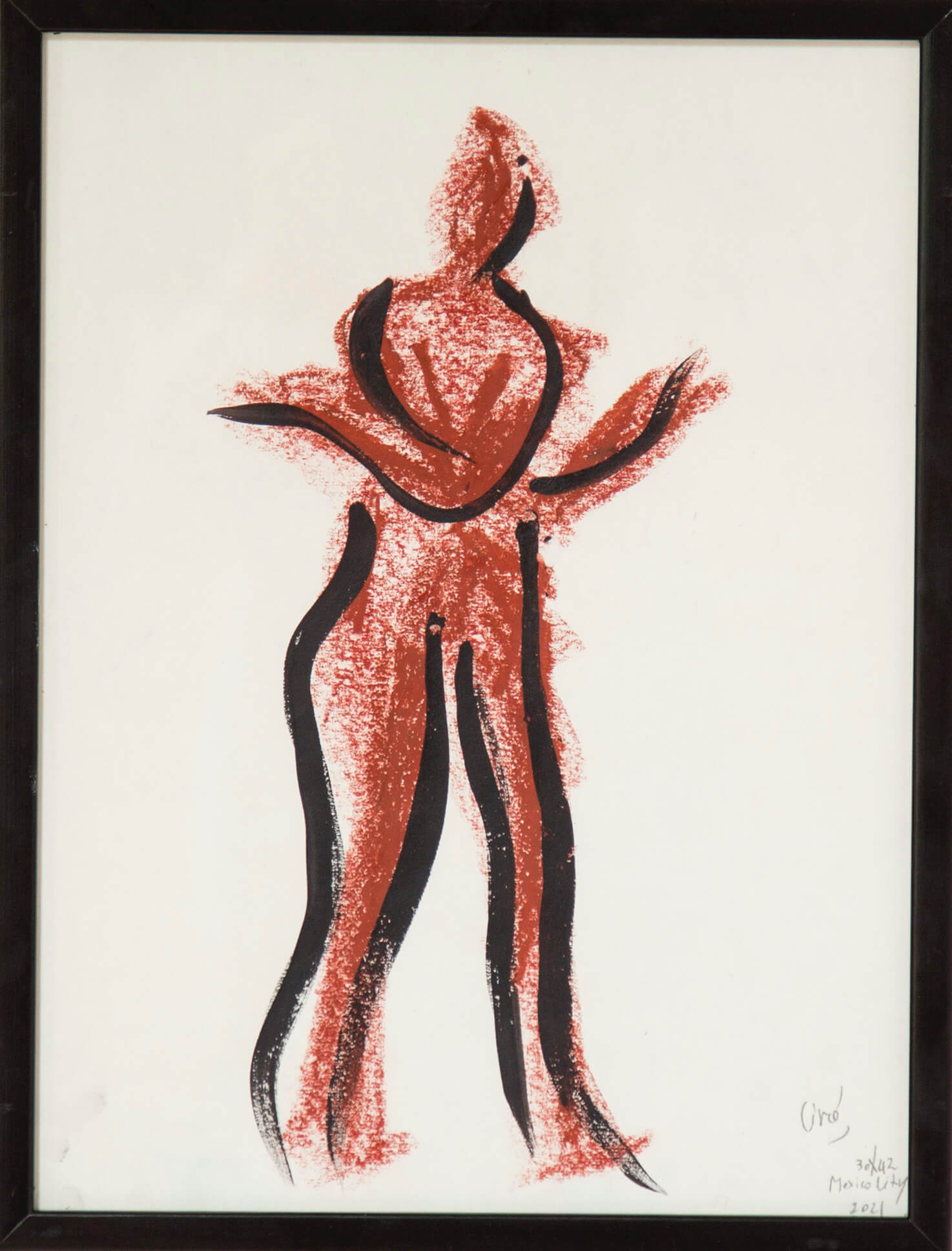
© Circé
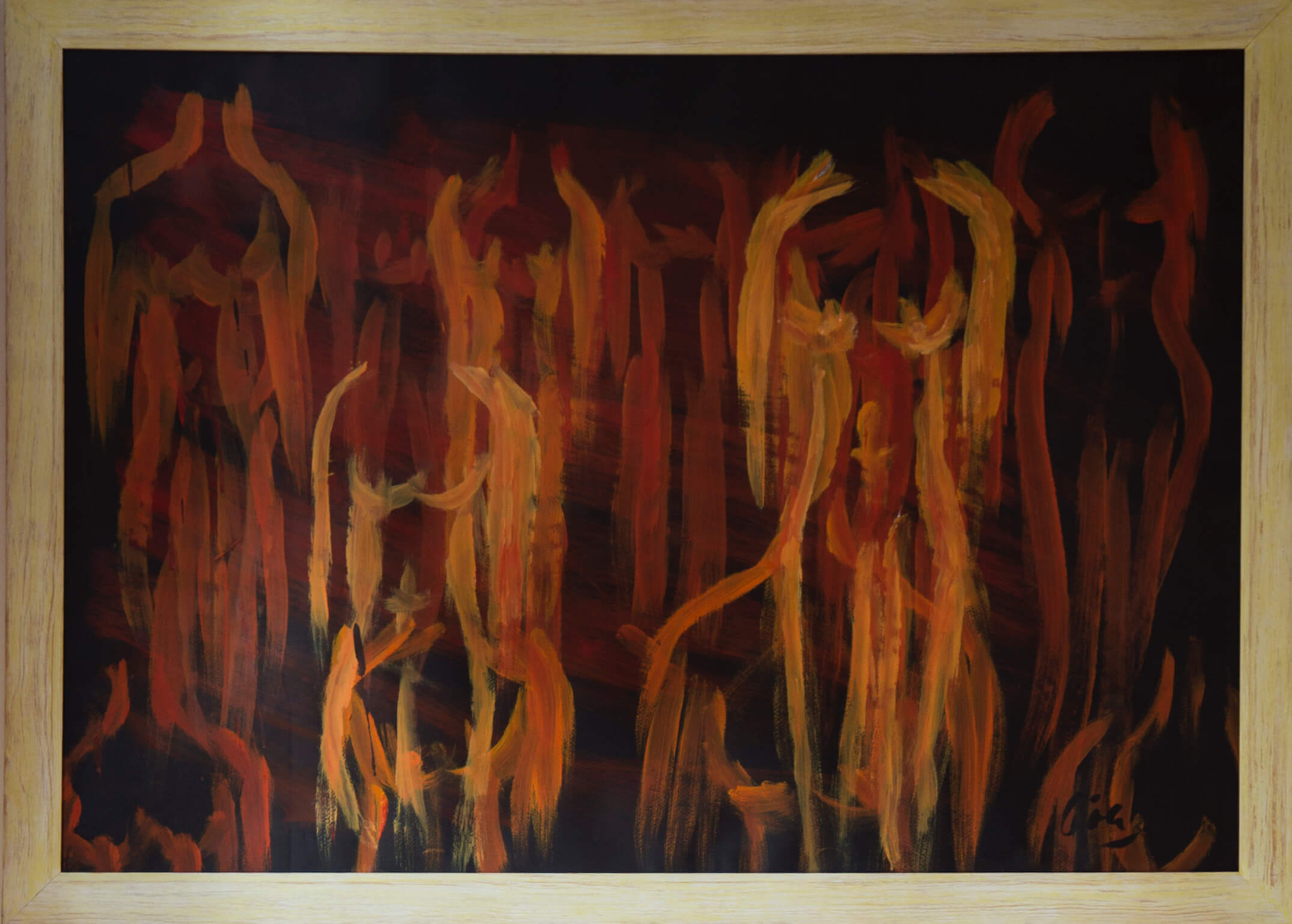
© Circé
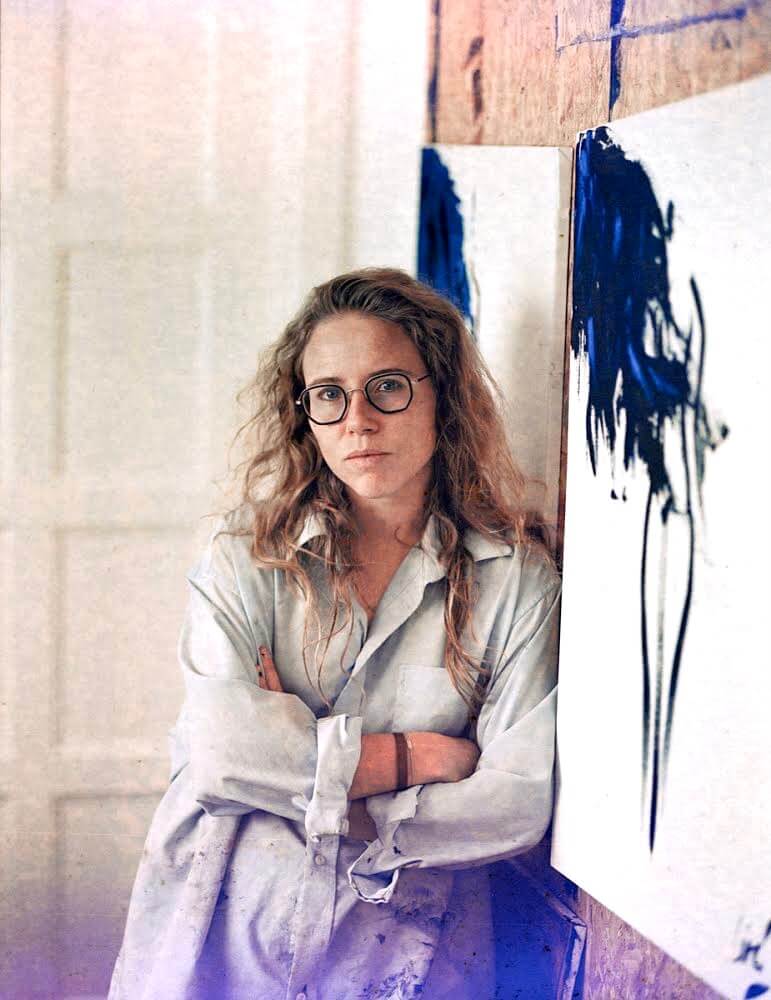
© Circé
TRENDING
-
The Tattoos that Marked the Criminals of the Edo Period
Traditional tattoos were strong signifiers; murderers had head tattoos, while theft might result in an arm tattoo.

-
Paris, Tokyo: Robert Compagnon
With his co-chef and talented wife, Jessica Yang, Robert Compagnon opened one of the top new restaurants in Paris: Le Rigmarole.
 3:31
3:31 -
Chiharu Shiota, Red Threads of the Soul
Last year, more than 660,000 people visited the retrospective 'Chiharu Shiota: The Soul Trembles' exhibit at the Mori Art Museum.

-
‘Before Doubting Others, Doubt Yourself. Who Can Truly Say a Dish Isn’t What It Used to Be?’
In ‘A Non-Conformist’s Guide to Surviving Society’, author Satoshi Ogawa shares his strategies for navigating everyday life.

-
The Story of Sada Yacco, the Geisha who Bewitched Europe
Described by Dazed magazine as the first beauty influencer, she has been restored to her former glory since 2019.





